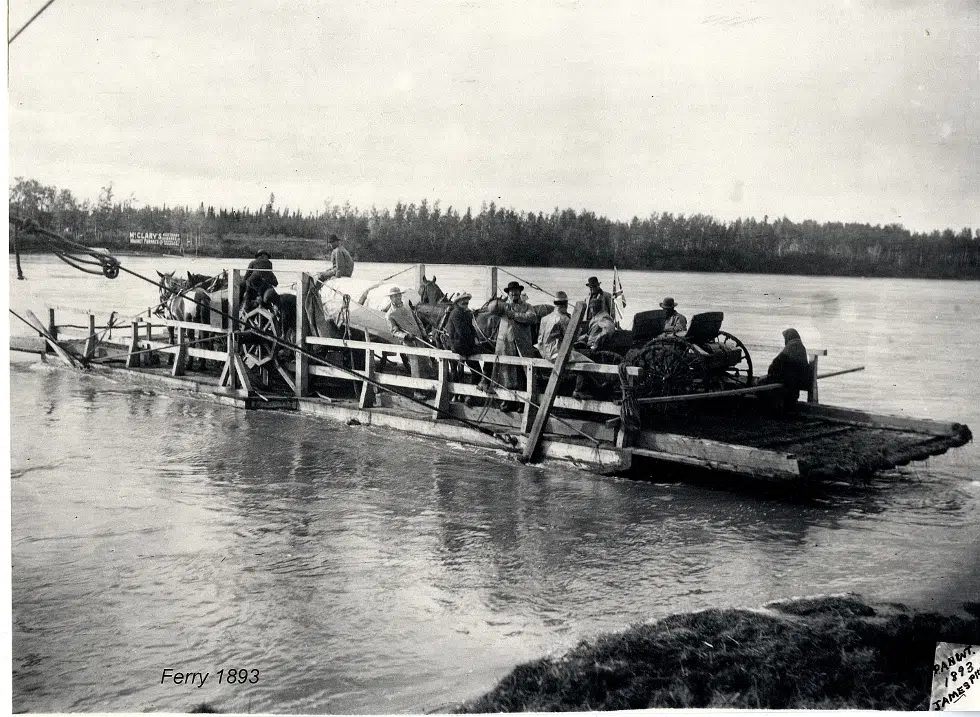
A peek at P.A.’s humble beginnings
Formerly two communities, Prince Albert has grown from one building into the third-largest city in Saskatchewan.
Prince Albert Historical Society volunteer Jamie Benson took his time to reminisce about the city’s past during Archives Week.
In 1866 James Nisbet came from Fort Gary – which is now known as Winnipeg – and established a home base in Prince Albert. Benson said Nisbet originally planned to call the city Victoria, but found out there was already a community named after Queen Victoria. Nisbet had to settle for Queen Victoria’s husband, the prince consort, Prince Albert.
“[Nisbet] built a house and the following year they built more buildings and they started to put in crops. Other people eventually came and joined them and they created a community. It [grew] from the first building that he put in here [and] it expanded and became a village,” he said.


